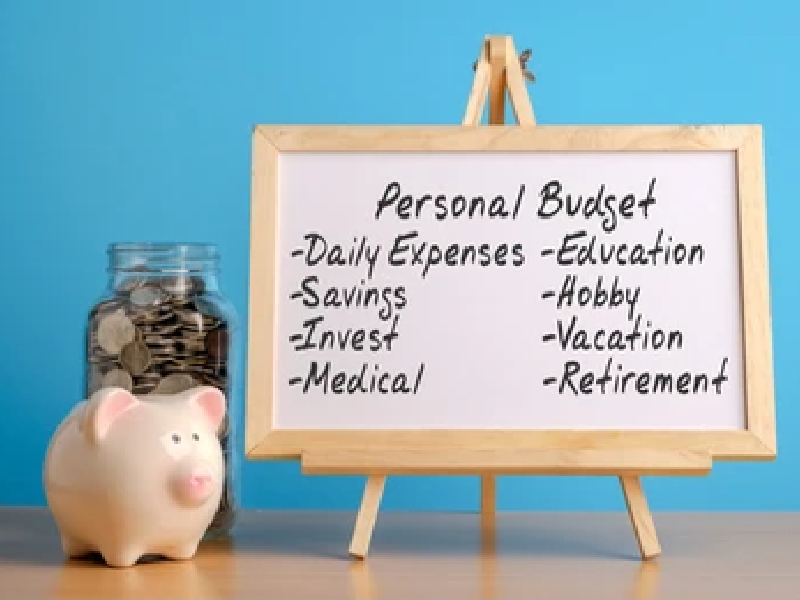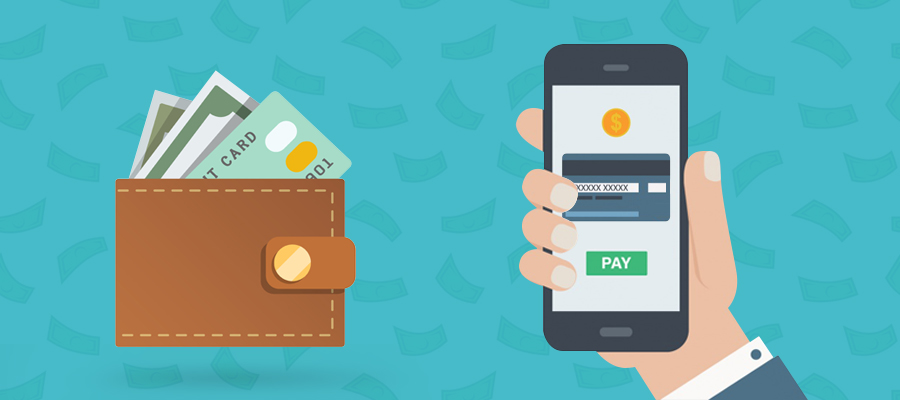
The impact of covid pandemic was devastating to the world not only in terms of loss of life but also the loss of economic activities. In India also many lost their loved ones, often the sole breadwinners of a family, children lost their parents and guardians and many also faced job losses due to cost-cutting measures by companies. This entire mess made one thing pretty clear, there is no guarantee of what could happen the very next day.
Uncertainties have always been part of our lives but they have become more pronounced due to the pandemic and more recently the Russia-Ukraine war. Therefore, it is essential that a person always has a fallback plan. This fallback plan can be multifold like having sufficient savings, an alternative career path, and sufficient passive income sources but what it must always have is an emergency fund. Everyone has heard this term and has prepared for the same in their own way.Here’s how you can build your emergency fund in 6 simple steps.
What is an emergency fund and why do you need it?
The term emergency fund or contingency fund is actually self-explanatory. It is a fund that can be used in times of an emergency. This emergency can be when there is a medical emergency in the family and accessing insurance is not possible or any other financial emergency like loss of job and waiting till one gets a new job, etc. an emergency fund should be built in a way that it should be sufficient to tide over the emergency and allow the individual to not be crumbled under excessive debt. Therefore, most experts believe that an emergency fund should be equivalent to at least 6 to 12 months of one’s income. This will help them stay afloat in any adverse situation.
Read more : Should you invest your emergency fund in liquid funds?
6 Tips to build an emergency plan
Now that we have discussed the meaning and the essentials of an emergency fund, let us now look at some tips to build one effectively. Some of the key factors that have to be considered by individuals in successfully building an emergency fund are highlighted below.
- Determine the quantum of funds required
The first step is to consider the quantum of emergency funds needed by a person. This amount will vary from person to person depending on their individual needs and priorities. However, the key points to remember are considering all the monthly fixed and unavoidable costs like rent, EMI, child’s education, etc.
At this time, it is also important to understand that any kind of splurges can be avoided at the time of a financial crunch and the same can be continued later when the situation is better. Therefore, expenses of such nature as online subscriptions, shopping, etc. have no place to be included in an emergency fund.
- Select the right plans
An emergency fund is not created overnight. It is gradually built over the years by adding a portion of one’s income to the designated funds that have been earmarked as emergency funds. These funds have to be invested in the right plans or schemes so they are not merely lying in the bank account where they will just add about 2% to 3% in the form of savings interest. These investment options have to serve multiple purposes like being liquid, providing a decent rate of return on the investment, and being less volatile.
- Aim for the safety of corpus, not higher returns
While making investment choices for emergency funds, the safety of such funds should be the key criterion and not the quantum of returns. For example, it is a fact that investments in equity and equity-related instruments like equity mutual funds have the potential to provide the highest returns as compared to any other investment options. However, the risk of investment is also the greatest and can potentially wipe out the corpus. Therefore, investments in safer options like debt mutual funds or bank FDs can be sought as they provide safety of the corpus and more or less stable returns on the investment.
- Do not tap into it unless there is an emergency
The very purpose of having an emergency fund is that it is available to be used in case of any emergency. This emergency has to be an actual emergency that is more or less a threat to one’s survival. Therefore, tapping into the emergency fund for any avoidable or unnecessary expenditure will erode one’s savings and bring down the fund making it barely enough at the time of any serious emergency. Hence, it is important to avoid the usage of emergency funds unless it is absolutely necessary.
- Insurance is not an emergency fund
Most people are of the opinion that a good health insurance policy and life insurance policy are all they need in times of an emergency. While these are essential components in planning one’s financial future and that of their family, they are not enough. Investing in health insurance and life insurance does not equate to having an emergency fund. These investments cannot be useful in case of surviving during a job loss or in case of any accidental disability which is not covered by insurance. Therefore, building an emergency fund apart from having good health insurance and life insurance is of paramount importance.
- Ensure emergency funds can be accessed immediately
While selecting the right investment plans for creating an emergency fund, it is important to note that such plans should be liquid enough so a person can access them immediately at the time of their need. If a person has to wait for a long period of time and adhere to multiple restrictions to access them in the time of their need then the very purpose of an emergency fund is defeated. Therefore, investments like PPF or Sukanya Samriddhi Yojana should not be a preferred choice for parking emergency funds.
Conclusion
The need for emergency funds is understood more or less by every individual. The problem lies in executing this need and starting to build one in the right direction. It is also important to start building on the emergency fund right from the starting point of one’s career. This will provide ample time to accumulate a corpus as well as gain maximum benefit from long-term investment options.
FAQs
No. Having a sound retirement plan is essential but is not an alternative to having an emergency fund.
The minimum amount that can be set aside for emergencies varies from person to person but ideally, at least 15% of one’s monthly income should be parked in emergency funds.
If the monthly disposable income is on the lower side and a person is on a tight budget, they can use the following ways to increase or bump up their emergency funds
-Allocate whole of the yearly bonuses to emergency funds
-Allocate any windfall gains like cash gifts on birthdays and special occasions, part of any inheritance, etc. to emergency funds
-Cut down on non-essential expenditures and invest the same in emergency funds.
The 50/30/20 rule is an easy way to allocate one’s resources or income to have an effective financial plan. It states that a maximum of 50% of the income should be used to support one’s needs, 30% can go towards wants or enjoying life, and the balance 20 should be used in savings and investments.



























